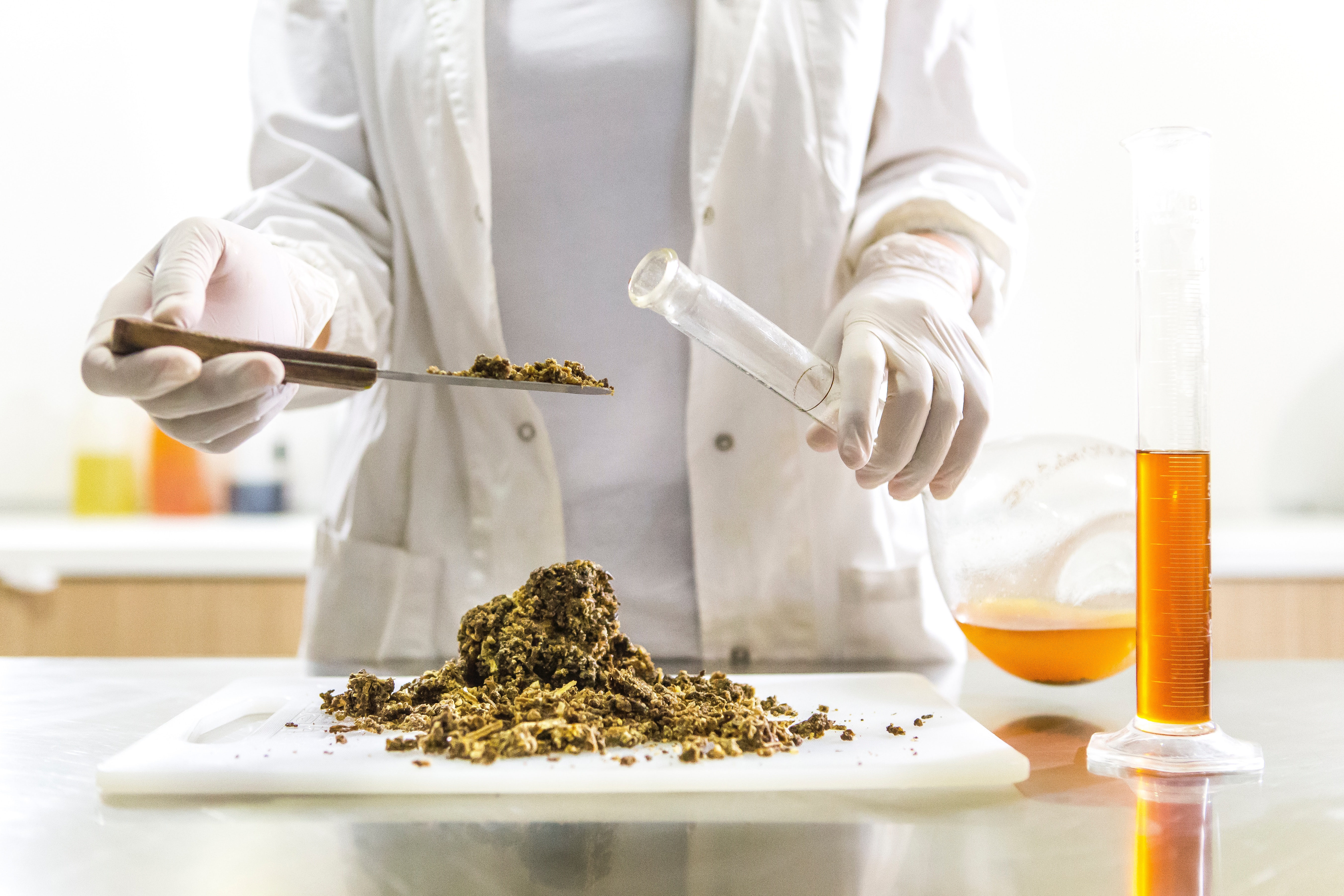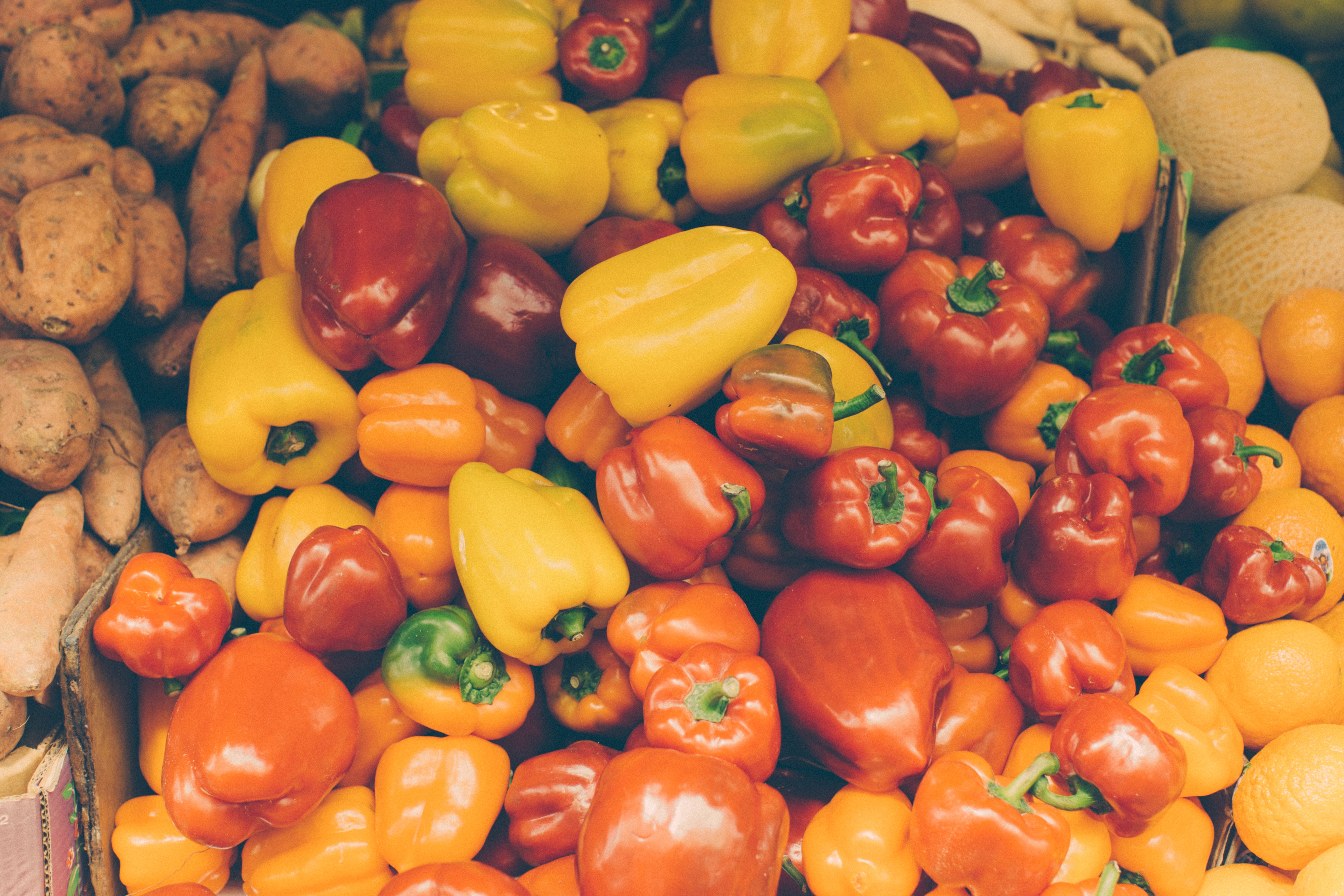The other day, I was inspired by a cooking video by Gordon Ramsay and made a soup with rutabaga for the first time. It is the round root vegetable in the middle of the photo above. It may be a familiar vegetable in North America and Europe but not a typical item you would see in a Japanese grocery store. Hence, it was my very first time to eat it and I wanted to know what this big root is good for.
As always, my google search led to a rabit hole with more questions about who reports these nutritional facts and how the values changed over time.
Where does the nutritional information come from?
There are many other blog posts about nutrition of food and recipes with nutritional contents. Where the heck these information comes from?
The most widely used source seems to be USDA (United States Department of Agriculture) and in some cases, Health Canada is referenced as well.
Is the information reliable? Is there any research involved?
In the case of USDA, there is a Methods and Application of Food Composition Laboratory located in Beltsville, MD. They conduct researches on analytical methods improvement, as well as on the impact of environmental factors and agricultural practices on nutritional contents of foods.
From the analytical chemistry perspective, food (both fresh produce and processed) is a very complex mixture to analyze. There are often large components of carbohydrates (sugars, fibres, etc), complex mixture of proteins and some fats. If you are interested in things like vitamins, you must separate everything else in order to quantify how much of that particular vitamin you are interested in exists in the food item. Based on the description of the researches and researcher’s backgrounds, it looks like there is research involved behind these information.

Did nutritional values of fruits and veggies change over time?
Have you heard of your grandma or grandpa saying,
Fruits/vegetables when I was young tasted much better!
Is it really so? Did the food content (sugar, protein, vitamin, etc.) really change compared to decades ago?
Turns out, there are multiple research papers published on this topic.
According to these studies, certain nutrients such as minerals and vitamins actually have declined in the last 70 years or so.
For example, White & Broadley (2005) mentioned a significant decline in average concentration of Cu(copper), Ca(calcium) and Fe(iron) in vegetables between 1930s and 2004 (based on USDA data) in their paper published in The Journal of Horticultural Science and Biotechnology [ 1 ]. In their study, they investigated 6 mineral contents (K-potassium, Mg-magnesium, P-phosphorus, Ca, Fe, Cu) of 24 vegetables, 41 fruits and 8 nuts.
In another study, Davis et. al. (2004) found statistically reliable decline in 6 nutrients; protein, Ca, P, Fe, riboflavin and ascorbic acid when they looked at USDA data for 43 garden crops between 1950 - 1999 (Journal of the American College of Nutrition)[ 2 ].
This doesn’t sound like a great news for vegetarian/vegan people who reply on non-animal source to supply enough proteins and other nutrients.
Now the question is: Why?
Can it be because of changes in analytical techniques?
In fact, a lot of technological advancement happened in the past 70 years and we can measure far more things more accurately and precisely. So, the change in analytical techniques can be one reason.
What else?
As authors of those studies mentioned,
- Changes agricultural practices (fertilizers, pesticides)
- Over-harvested soil (nutrition depleted soil)
- Changes in cultivated varieties
- Sampling conditions (geographic differences, seasonal changes)
All of above play a role in the apparent decline of nutrients observed.
The changes in agricultural practices leads to “the dilution effect”, which is described as [ 2 ];
when fertilization is adjusted to maximize yield, the harvest weight and dry matter may increase more rapidly than the accumulation of nutrients.
We have an access to bigger and more fruits and veggies than our grandma/grandpa but we may not be getting the equivalent amount of nutrients if we are to eat the same amount as they did.
Another thing to keep in mind is the striking variations in nutrient contents seen among different genetic variations of produce.
Many of us probably don’t think about genetic varieties of veggies and fruits unless they look very different.
However, studies have shown that nutritional values highly depend on the genetic make-up even when the vegetables and fruits look very similar to our eyes.
For example, up to 10-fold differences in antioxidant (e.g. beta-carotene) contents were measured among 50 broccoli varieties in one study [3].
A large variation in vitamin C (as ascorbic acid) levels was also found among 75 clones of potatoes grown in three different states in the US, emphasizing the effect of environmental factors on nutrition even when genetic components are the same.
So, there are so many factors that affect the nutrient contents of veggies and fruits we eat. After reading about these study findings, I decided not to take the nutritional values I see on the internet too seriously!

If we are actually getting less nutrients from produce, should we be concerned about it?
Not likely.
We cannot deny that eating vegetables and fruits is healthier than eating highly processed foods, such as a bag of potato chips and a frozen pizza. Lower nutrient contents in produce does not make them bad for you.
Instead, what we can be mindful about is;
- Minimize the loss of nutrients during cooking (e.g. avoid overly boiling veggies)
- Buy locally grown produce or grow your own! (minimize the travel time between the soil and your plate)
Getting back to where I started… Rutabaga (Swede) and Cardamom soup!
This rutabaga soup introduced by the recipe by Gordon Ramsey is like a big hug on a cold winter day!
I topped it up with a drizzle of olive oil, freshly ground nutmeg, and roasted walnuts.
What an amazing flavour!
Nutrition wise, rutabaga contains about 1g of protein per 100g with only ~50 kcal! It also contains folate, vitamin C, and potassium (source: USDA).

What you need for this soup:
- rutabaga (also called swede)
- celery
- onion
- cream (I used half & half and it did the job)
- chicken or vegetable stock
- thyme
- green cardamon pods
- olive oil for cooking and topping
- salt & pepper to taste
- (optional) nutmeg
- (optional) roasted walnuts
*You also need a blender
Enjoy!

References & photo credit:
[1] Donald R. Davis, Melvin D. Epp & Hugh D. Riordan (2004) Changes in USDA Food Composition Data for 43 Garden Crops, 1950 to 1999, Journal of the American College of Nutrition, 23:6, 669-682, DOI: 10.1080/07315724.2004.10719409
[2] P.J. White & M.R. Broadley (2005) Historical variation in the mineral composition of edible horticultural products, The Journal of Horticultural Science and Biotechnology, 80:6, 660-667, DOI: 10.1080/14620316.2005.11511995
[3] Anne C. Kurilich, Grace J. Tsau, Allan Brown, Lenora Howard, Barbara P. Klein, Elizabeth H. Jeffery, Mosbah Kushad, Mathew A. Wallig, John A. Juvik (1999) Carotene, Tocopherol, and Ascorbate Contents in Subspecies of Brassica oleracea, Journal of Agricultural and Food Chemistry 7:4, 1576-1581, DOI: 10.1021/jf9810158
[4] Love, S. L., Salaiz, T., Shafii, B., Price, W. J., Mosley, A. R., & Thornton, R. E. (2004). Stability of Expression and Concentration of Ascorbic Acid in North American Potato Germplasm, HortScience HortSci, 39(1), 156-160.

 風車、挽きたての小麦粉とStamppot: デルフト(オランダ)
風車、挽きたての小麦粉とStamppot: デルフト(オランダ)